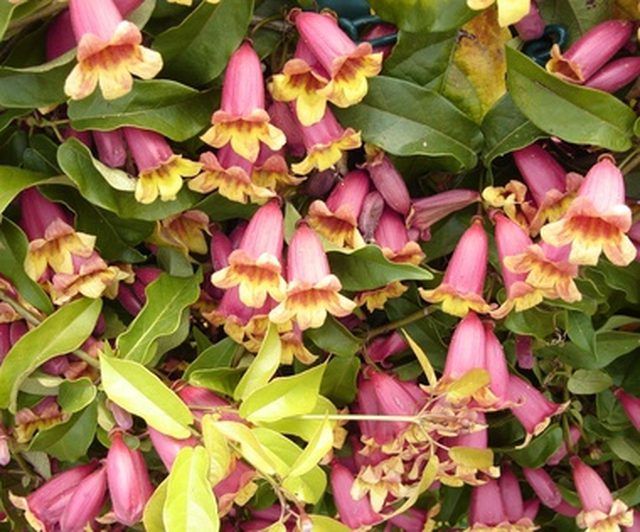Bulbs
Flower Basics
Flower Beds & Specialty Gardens
Flower Garden
Garden Furniture
Garden Gnomes
Garden Seeds
Garden Sheds
Garden Statues
Garden Tools & Supplies
Gardening Basics
Green & Organic
Groundcovers & Vines
Growing Annuals
Growing Basil
Growing Beans
Growing Berries
Growing Blueberries
Growing Cactus
Growing Corn
Growing Cotton
Growing Edibles
Growing Flowers
Growing Garlic
Growing Grapes
Growing Grass
Growing Herbs
Growing Jasmine
Growing Mint
Growing Mushrooms
Orchids
Growing Peanuts
Growing Perennials
Growing Plants
Growing Rosemary
Growing Roses
Growing Strawberries
Growing Sunflowers
Growing Thyme
Growing Tomatoes
Growing Tulips
Growing Vegetables
Herb Basics
Herb Garden
Indoor Growing
Landscaping Basics
Landscaping Patios
Landscaping Plants
Landscaping Shrubs
Landscaping Trees
Landscaping Walks & Pathways
Lawn Basics
Lawn Maintenance
Lawn Mowers
Lawn Ornaments
Lawn Planting
Lawn Tools
Outdoor Growing
Overall Landscape Planning
Pests, Weeds & Problems
Plant Basics
Rock Garden
Rose Garden
Shrubs
Soil
Specialty Gardens
Trees
Vegetable Garden
Yard Maintenance
How to Propagate Honeysuckle Plant
How to Propagate Honeysuckle Plant. You can clip and root honeysuckle plants (Lonicera) by taking cuttings from an existing healthy plant. From the red-flowered honeysuckle trumpet vine to the multi-colored, showy tatarian honeysuckle shrub, these plants are low-maintenance favorites in many summer gardens and yards. To take and successfully root...

You can clip and root honeysuckle plants (Lonicera) by taking cuttings from an existing healthy plant. From the red-flowered honeysuckle trumpet vine to the multi-colored, showy tatarian honeysuckle shrub, these plants are low-maintenance favorites in many summer gardens and yards. To take and successfully root honeysuckle cuttings, you'll clip vines or wands from healthy plants and prepare them to form new roots before a transplant. When propagated properly, these fragrant plants will regrow quickly to attract pollinating bees and hummingbirds to your garden.
Things You'll Need
Gardening gloves
Clippers or grafting knife
Plastic bags
Twine
Commercial rooting compound
Vermiculite, perlite or builder's sand
Pots and baskets
Plastic wrap
Compost or peat moss
Mulch
Take softwood cuttings from a honeysuckle plant in early summer when the plant is growing. Use short garden clippers to make a clean cut of a wand between 4 and 24 inches long. Cut at a slight slant. Avoid clipping older strands that have already become woody. Leave very immature shoots on the honeysuckle bush or vine.
Drip 1/4 cup of water into a small plastic bag. Put the cutting, cut side down, into the bag. Seal with twine and set aside while taking other cuttings.
Initiate rooting by stripping the cutting of leaves on its bottom half. Dip the cut end into a commercial rooting compound.
Prepare the pots, baskets or bags that you'll use to complete the rooting process. Choose an unfertilized medium such as builder's sand, vermiculite or perlite. Bury the entire half of the wand that is without leaves. You may plant multiple wands in a single pot or basket.
Tamp the soil down firmly and water well. Wrap the pot or basket top in plastic wrap to create a greenhouse effect. Maintain steady moisture for the plant until rooting is complete. Water whenever condensation fades from the plastic cover.
Check the plants after two to three weeks to see how rooting is progressing. Gently lift one or two cuttings to view roots. Cuttings are ready to be planted when roots have grown to about 1 inch long.
Plant the new plants in well-tilled soil enriched with compost and peat moss. Keep them well-watered during the first year. Mulch in the fall with a blanket of straw or shredded leaves.
Tips & Warnings
Cuttings are best when taken in early morning or at dusk when the temperature is cooler.